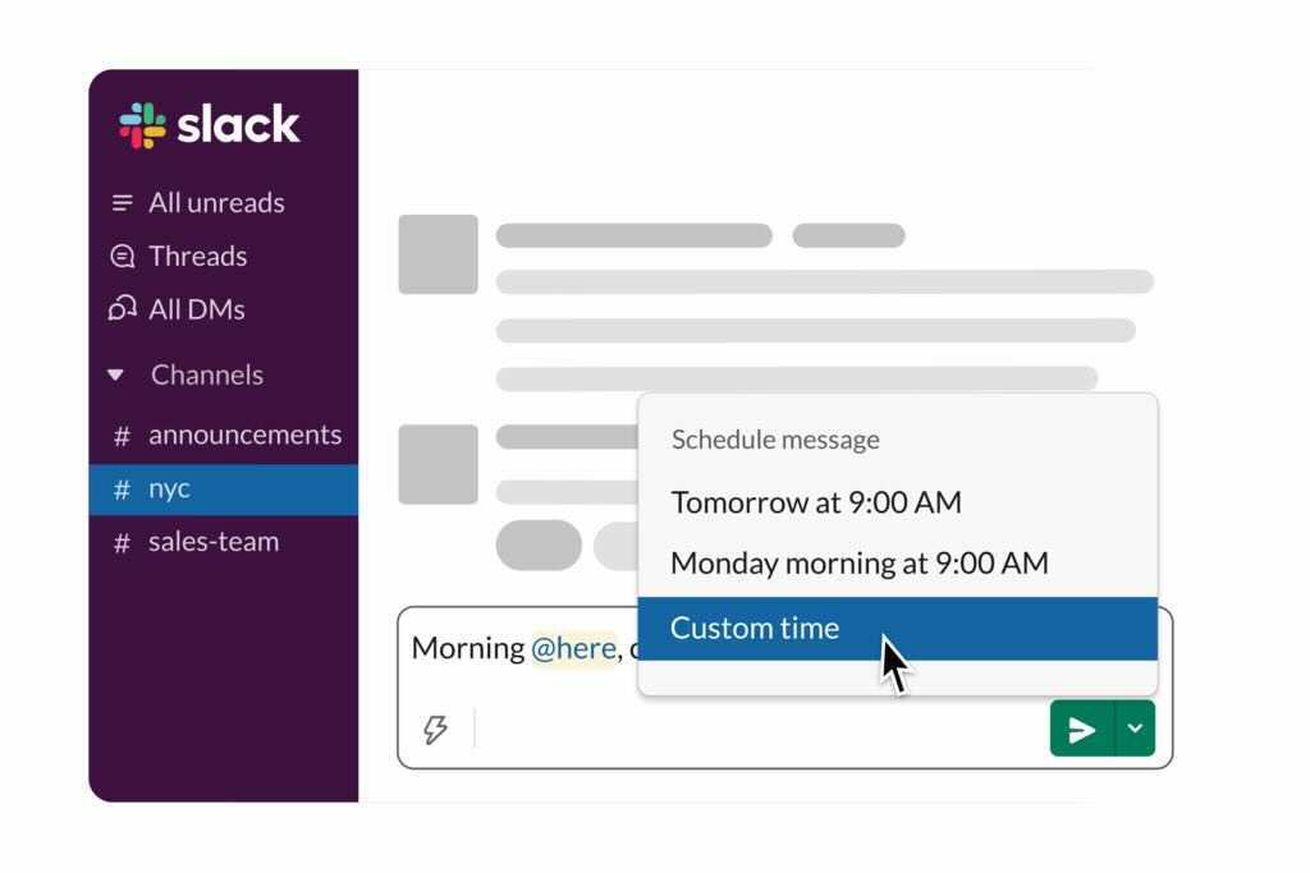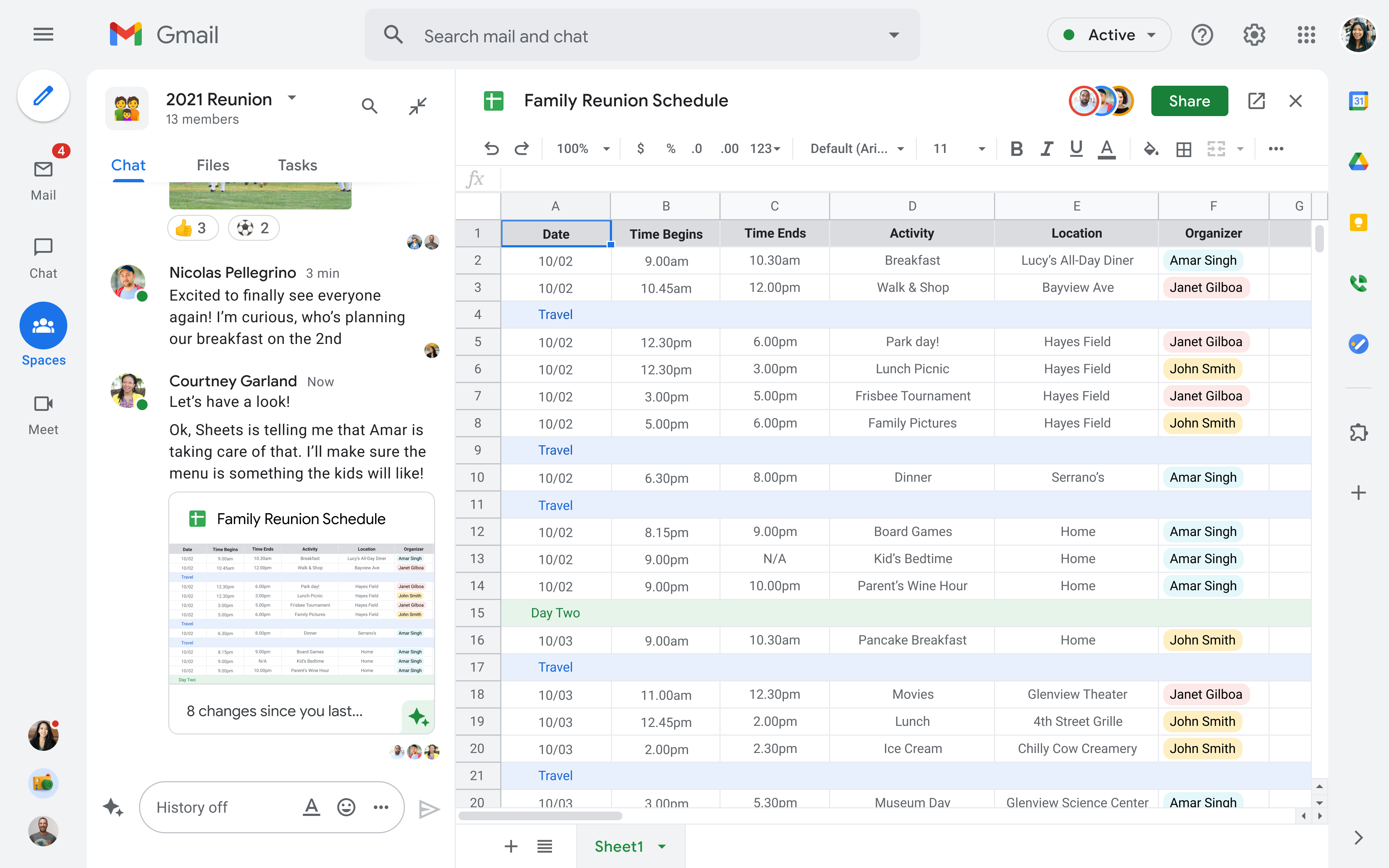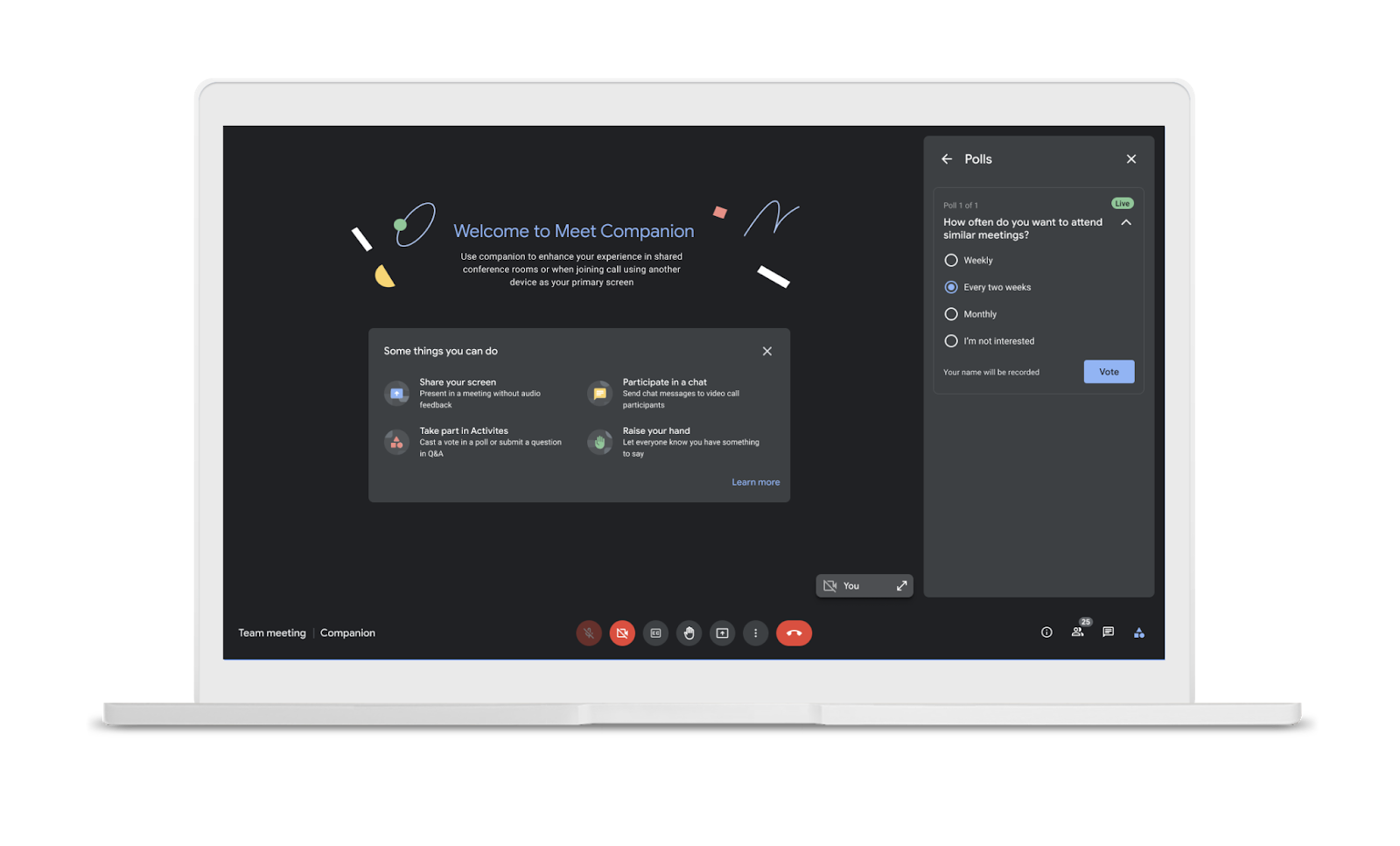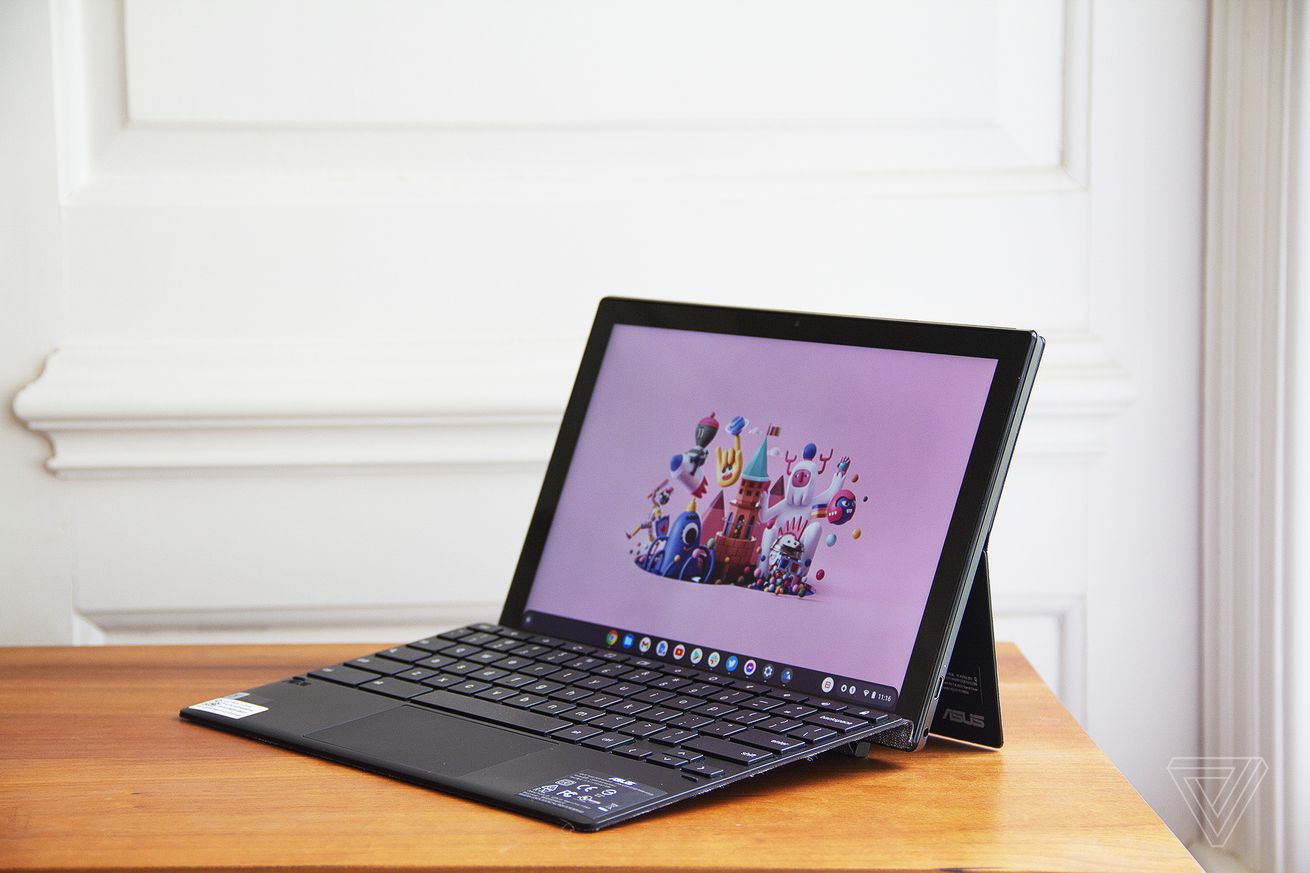This is part of a special series, We’re Reemerging. What Does the World Look Like Now?, which considers in real time how we cope while living through a historic time. It’s also in the latest VICE magazine. Subscribe here.
Gwen Clarke’s pre-pandemic days started at 5:45 in the morning. She went to the gym near her apartment in Astoria, Queens, then commuted 40 minutes to her job as a digital content producer. She often worked late into the weekday evenings, and at least one weekend day. After work, she would grab a drink—or several—with co-workers, before returning, exhausted, to her apartment.
The past year has been different. Because of COVID-19, the 26-year-old moved home to Southampton, New York, and the pace of life slowed down.
“I wake up in the morning and I don’t have to get right out of bed,” Clarke said. “I used to close my eyes, count to three, and jump out of bed before I could talk myself out of it. Now I can sit and be cozy and scroll on my phone and do whatever the hell I want for nearly two hours before I get up and start my day.” Her work-from-home days are easily interrupted with midday walks or yoga.
In a nutshell, she’s been freed from the tyranny of busyness. Busyness is not only about packing each day with as much as possible, but also the value placed on doing so: Being busy makes people feel good about themselves, and they use busyness, voluntarily, to signal their worth to others. “Working in TV production, I have always thought that being busy is a good thing,” Clarke said. “It means that the people around you trust you. I definitely have this feeling that being busy means you are important.”
Busyness is a powerful social signal, though a somewhat counterintuitive one. At the turn of the 20th century, economists predicted that the ultimate symbol of wealth and success would be leisure—showing others that you were so successful that you could abstain from work. Instead, the opposite occurred. It’s not free time, but busyness, that gestures to a person’s relevance.
“Being busy made me feel like a valuable resource with abilities that were in high demand,” said Robbie McDonald, a 53-year-old from Vancouver who worked long hours at a nonprofit before the pandemic. “It fueled my insecurity and impostor syndrome. The busier I got, the more I would take on, for fear of seeming irrelevant. I definitely wore the busy badge of honor, complaining about it to colleagues and friends, but I was secretly proud that so many people relied on me to get things done.”
Yet there are indications that people don’t want to slingshot themselves back to a world that determines their value based on how busy they are. A rash of articles has recently expressed a sense of foreboding at returning to the veneration of an overloaded life. In April, New York Magazine wrote about “The People Who Don’t Want to Return to Normalcy,” quoting a man named William who felt that during the past year, for the first time, he “had a great excuse to do nothing… It was the best. I feel guilty saying it.”
In an advice column for the Cut, one reader wrote, “I’m not ready for isolation to end.” The Wall Street Journal announced that the pandemic’s end means the “return of anxiety.” “Many are relieved by the lack of choices and the ability to engage with others almost entirely on their own terms. And they’re not sure they’re ready for it all to end,” the psychologist Peggy Drexler wrote for the Journal. In the last year, McDonald told VICE she has grown blissfully accustomed to her new routine, which “doesn’t include 5 a.m. Teams chats or emergency Saturday meetings about Facebook comments.”
The pandemic offered a rare window of opportunity for some people to become literally less busy, and perhaps more importantly, to get perspective on their cultural beliefs about busyness. Instead of being caught up in the inertia of always projecting a busy life, they had time to reflect on how they used busyness to define themselves—and how it led to stress and the conflation of productivity and self-worth.
Of course, experiencing this slowing down of life in order to gain these insights reflects a certain amount of privilege—but that’s kind of the point. Research has found that busyness is most often assumed as a status symbol for higher-paid workers. The people who value and signal busyness are not typically hourly or gig workers, sociologists told VICE. Busyness in the lower classes is less a symbol of success and more a byproduct of a lack of time autonomy, overwork from low wages, and a lack of social safety nets.
It’s higher-paid workers who were more likely to reap the benefits of the status of busyness, and they are also the ones more likely to have recently tasted a slower, less busy kind of life. If the past year could change the way they glorify being busy, could it help to knock down busyness for everyone as the aspirational state to strive for and maintain?
“I can’t go back to the frenetic pace,” McDonald said. She recalled one recent morning when she found herself sitting on a log at the beach, watching a crow drop sealed clams from the air and swoop down to pick out the meat. “It seemed so simple and so easy. I started to question if my life could look like that.”
In 1840, it was briefly cool to walk a turtle on a string around the Parisian arcades. “You did that to signal time abundance, to signal quite how little you did or how much leisure you had, because that was a sign of status,” said Tony Crabbe, a business psychologist and the author of Busy: How to Thrive in a World of Too Much.
The turtle walker’s “leisurely appearance as a personality is his protest against the division of labor which makes people into specialists. It was also his protest against their industriousness,” the philosopher and critic Walter Benjamin wrote.
This is what Thorstein Veblen, a 19th century economist, wrote about in his book The Theory of the Leisure Class. Veblen thought that elites of the future would participate in “conspicuous leisure,” as a signal to others of their success. This idea was epitomized in Downton Abbey, when Maggie Smith’s character, Violet Crawley, asked, “What is a ‘weekend’?” “The joke, of course, is that the dowager countess is too aristocratic to even recognize the concept of a week divided between work and leisure,” wrote busyness researchers in the Harvard Business Review.
Veblen wasn’t the only one predicting a future of leisure as a status symbol. In 1928, the economist John Maynard Keynes gave a lecture, later published as Economic Possibilities for Our Grandchildren, in which he foresaw that people in the year 2028 would work only 15 hours a week thanks to a productive economy and technological innovation. With so much leisure time, “man will be faced with his real, his permanent problem—how to use his freedom from pressing economic cares, how to occupy the leisure, which science and compound interest will have won,” Keynes wrote.
Well-off people in the western world are nowhere close to working just three hours a day, nor do they parade around reptilian symbols of how much free time they have. They boast of their busyness instead. “Just as being leisurely around 1900 was a status claim, being unmanageably busy at the turn of this century was a status claim based on the fact that the busiest people also tended to be the richest,” said Jonathan Gershuny, a professor of economic sociology at University College London and a co-director of the Center for Time Use Research.
Silvia Bellezza, an associate professor of business in marketing at Columbia Business School, studies how busyness replaced leisure as the form of “conspicuous consumption.” By being busy, a person signals to others how they themselves are a scarce resource on the market. Not having time to rest indicates that you’re in demand, and that your intellectual capital is highly valued. As a result, others consider you to be higher status.
This form of status signaling can even be found in personal relationships that have nothing to do with “work.” Over the last 20 years, Ann Burnett, a retired professor of communication and women and gender studies at North Dakota State University, has collected letters that families send out over the holidays. As Brigid Schulte, author of Overwhelmed: Work, Love, and Play When No One Has the Time, described, “Words and phrases that began surfacing in the 1970s and 1980s—’hectic,’ ‘whirlwind,’ ‘consumed,’ ‘crazy,’ ‘constantly on the run’ and ‘way too fast’—now appear with astonishing frequency.” People were consistently bragging to others about how busy they are. Bellezza and her colleagues have similarly documented celebrities on social media complaining about their busy schedules and lack of time.
This is a crucial component of signaling busyness: Most people don’t earn enough money to have increased leisure time; “busyness” is more often a badge of honor for those with salaried jobs, Wajcman said.
Bellezza’s work has shown that these busyness signals make other people think you’re important. In one of Bellezza and her colleagues’ studies, they found that people who get groceries delivered were perceived as busier and higher class, and a woman wearing a Bluetooth headset had a higher status than another wearing headphones. When people were asked to read imaginary letters from a friend, one letter described how “crazy busy” a person was, while the other said his life was “relaxed.” The participants thought the busy letter writer to have more money, have better skills, and have a higher social status.
But the paradox and masochism of busyness is also laid bare: the study found that while people aspire to be more like a busy person, they also con- sider the busy person to be less happy. An obsession with busyness also taints how people spend what little leisure time they have, Bellezza said, by wanting leisure to accomplish as much as possible in as little time as possible—called “productivity orientation.”
This phenomenon is stronger in American culture. In an Italian sample, people thought the reverse: that the relaxed letter writer must be better off since, after all, his life was so relaxing. “I noticed that in the U.S. that wasn’t the case,” Bellezza said. “Instead, people brag about how much they work. It’s almost like a badge of honor—the fact that you never take holidays, even if you could afford to.”
This ethos can be found in a 2014 Super Bowl commercial for Cadillac, a luxury car: A well-off man with a nice house and suit brags about not taking his vacation time. “Other countries, they work,” the actor said. “They stroll home, they stop by the cafe, they take August off. Off. Why aren’t you like that? Why aren’t we like that? Because we’re crazy, driven, hard- working believers, that’s why.”
Another reason why Keynes’ vision of a shorter work day hasn’t come true is inequality, according to Judy Wajcman, a professor of sociology at the London School of Economics and a fellow at the Alan Turing Institute in London.
“There’s a class of managerial and professional workers who have done very well and whose wages sort of increased phenomenally,” she said. “But there’s been a huge increase in low-paid service jobs, where the minimum wage has absolutely not kept up.”
This is a crucial component of signaling busyness: Most people don’t earn enough money to have increased leisure time; “busyness” is more often a badge of honor for those with salaried jobs, Wajcman said. “People that are paid by the hour may be more likely to define busyness in terms of, ‘I have to have this job—in fact I have to have two jobs in order to pay the bills,’” Burnett said.
Past research has found that those people who lament being busy the loudest haven’t actually experienced a huge increase in working hours—busyness is more of a feeling and state of mind than a reflection of labor. The Swedish economist Staffan B. Linder came up with the phrase the “harried leisure class,” which means that as people accrue wealth, they have more consumption available to them, and pack their day with more activities.
“What we’ve had over the last year is a global workshop in slow.”
In their studies, Bellezza said that when they told people that a person was busy or working all the time, participants assumed that it was for a white collar job. If they were told it was a blue collar job, the boosting in status a person got from being “busy” wasn’t as strong as for a white collar job.
“It’s so class specific,” Wajcman said. “Gig workers don’t talk about this. There’s no status from the busyness of an Uber driver or an Amazon worker in a warehouse. It is completely an upper middle class managerial notion that busyness is a good, positive thing.” When it comes to gig work or lower-paying forms of labor, Wajcman said that the experience of busyness is not experienced as a signal of high status, but of a lack of control over their own time.
The pandemic may push people, especially the privileged, to recognize that the ways they’ve wielded busyness is a construct, and one they may try to resist in the future. A small behavioral shift that Burnett recommended, even pre-pandemic: When people ask you, “How are you?” Resist the temptation to say, “I’m so busy.”
“We have to think about our basic interactions with people and think about how you’re portraying yourself and responding to these basic questions. You have to be intentional.” There are many downsides to the culture of busyness, Burnett said. “And honestly, the upside of it being something to brag about is just not worth it.”
A small but passionate resistance against the dominance of busyness existed before the pandemic, said Carl Honoré, the author of The Power of Slow, and one of the leaders of the global Slow Movement—a crusade to slow life down. The Slow Movement, as Honoré has written, urges people to live life by “savoring the hours and minutes rather than just counting them. Doing everything as well as possible, instead of as fast as possible. It’s about quality over quantity in everything from work to food to parenting.”
Honoré first realized he was rushing through the moments too fast when he noticed himself speeding through bedtime stories with his son. “I had a lightbulb moment,” he said. “I thought, is this really what I want my life to be? Where I’m racing through it, instead of living it? What a life of speed, busyness, distraction, multitasking, stimulation, impatience does is that it walls you off from who you are. You become your to-do list. You become a ‘human doing’ instead of a human being.”
When the pandemic began, Honoré said many people wrote to him asking if he was pleased that the world was grinding to a halt. “At no point have I ever been over the moon,” he said. “A pandemic is a total nightmare for everybody, in lots of different ways. But I do think that there can be a silver lining. What we’ve had over the last year is a global workshop in slow.”
The Slow Movement is part of a larger trend to “decelerate.” Giana Eckhardt, a professor of marketing at King’s College London who studies deceleration, said she noticed that even pre-pandemic there was a rise in deceleration-type activities, like meditation or yoga retreats, pilgrimage routes, and “slow travel,” where the focus isn’t on cramming in sightseeing activities, but staying in one place for a longer period of time and experiencing the quotidien lifestyle. One extreme example comes from South Korea, where some overworked and busy people check into a fake prison, called Prison Inside Me, which opened in 2008. Shut into a cell, people reduce their stress by removing all forms of outside busyness.
If deceleration becomes the more dominant signal of well-being, social status, and “making it,” rather than busyness, it could set the standard for what we try to help others achieve as well.
The phrase “deceleration” is an attempt to seek relief from “social acceleration,” a phrase coined by a professor of sociology and political science named Hartmut Rosa. He defined social acceleration as an “increase in episodes of action or experience per unit of time”—essentially more things per minute on average per day: more things made, more emails sent, more friends to go out to drinks with, more activities to bring children to.
Acceleration leads to busyness in and of itself, which is also called “time sickness,” or “a sense of urgency; time is running out, there is not enough of it, and we must run faster and faster just to keep up,” Eckhardt wrote in a paper on deceleration.
In response, people seek out oases of deceleration, which is not the same as just flopping down on the couch and watching Netflix. Eckhardt and her colleagues went to the Camino de Santiago pilgrimage in Spain, where they interviewed people and asked them what they were getting out of it. More than 300,000 people from 161 countries completed the trek in 2017—and many were not there for religious reasons, Eckhardt said, but rather to find a way to slow down.
Her work describes three elements that create an experience of deceleration: embodied deceleration, technological deceleration, and episodic deceleration. Embodied deceleration is the physical slowing down of your body: walking or riding a bike versus moving your body around in cars, planes, or buses. Technological deceleration is not giving up technology, but feeling like you have a sense of control over it. And episodic deceleration is having fewer episodes of action per day. “Not feeling like you’re running from meeting to meeting at work, and then you have to run to pick up your kids and drive them to three different activities at the same time as you’re trying to cook dinner,” Eckhardt said.
Episodic deceleration isn’t just about lowering the number of activities, but also the number of activities you have to pick from. If someone achieves all three things—say when walking a pilgrimage—then much of the stress and overwhelm from living a socially accelerated life tends to drop away.
The irony is that deceleration can often be a refuge predominantly for the privileged. After all, who has the means for retreats or slow vacations? Eckhardt argued that because of this, there was a slight shift before COVID in which deceleration was becoming a signal of wealth and status—more in line with Veblen’s theory of the leisure class. For example, take Arianna Huffington’s rest and relaxation brand, or Tim Ferriss’ Four-Hour Work Week, which promises to teach how to “Escape 9–5, Live Anywhere, and Join the New Rich.”
During the pandemic, more people, albeit still privileged, have had access to at least one of these modes of deceleration in their everyday lives. Any increase in the number of people accessing deceleration is a good thing, Eckhardt said. If deceleration becomes the more dominant signal of well-being, social status, and “making it,” rather than busyness, it could set the standard for what we try to help others achieve as well. Eckhardt thinks it may be a turning point when the status symbol of busyness finally has some meaningful competition.
“I think in terms of an overall rhythm of life, what people do, will they want to go back to commuting on a subway for an hour to an office five days a week? No, they don’t,” Eckhardt said. “Do they want to go back to getting up at 5 a.m. to go to an exercise class before then doing an hour-long commute? No. I think there are a lot of things about the rhythms of daily life of this past year that people are going to work hard to maintain.”
Eckhardt said that if we want to maintain deceleration after COVID, we should try to maintain the three specific facets of deceleration. But it may be more crucial for us to try to value deceleration as a desirable social signal.
“Try to remember the feeling of making your own food and sharing it with your household, rather than running back to eating many meals out and on the go,” she wrote in the Conversation. “As you emerge from lockdown, try to maintain practices like stopping work to eat your lunch in the middle of the day, and take tea breaks, preferably with others and outdoors when you can. There is much value to be gained from having the rhythm of your daily life be one that you can savor.”
Kevin Roose wrote in April in the New York Times about the “YOLO economy”—the observation that mid-career adults are “abandoning cushy and stable jobs,” to pursue remote work, slower and more easygoing living locales, and fewer daily obligations. But as the journalist Anne Helen Petersen pointed out, many people who are changing careers aren’t just doing it because YOLO, but because the past year has traumatized, exhausted, and pushed them to the edge. Busyness status as a reward just doesn’t cut it anymore.
Emphasizing the pleasure and social benefits of deceleration can help shift attention away from busyness. In Post-Growth Living, the philosopher Kate Soper describes an alternative form of a pleasurable life as a release of “the work-dominated, stressed-out, time-scarce and materially encumbered affluence of today.” She writes that leisure and slowing down is not always about fun or biking in the park. It’s about having time for mental health and grieving too.
Beyond an individual pace of life, slowness can be a way to advocate for others. The slow food, slow fashion, slow design, or slow city movements have emphasized not only a slower pace, but a pace that’s paired with ethical consumption and production—including better living wages, minimal environmental impact, and better quality of life.
Honoré has neighbors who have had the time to volunteer during the past year, and have told him that it’s an activity they’re going to continue. “A big part of slowing down is about creating the time and the space and the patience to build up relationships,” Honoré said. “And not just friends, but also to be of service to other people.”
And while those who were able to slow down the most remained the most privileged, the pandemic gave others the ability to access the kinds of social services that give people more autonomy over their time and busyness. There were larger and more substantive safety nets—like increased unemployment and eviction bans. (Petersen has framed this kind of support as a “permission structure.”)
Other kinds of top-down policy approaches could maintain these revelations about busyness, so that individuals don’t have to act on their own. Brunello Cucinelli, an Italian entrepreneur, mandates a sit-down hour and a half lunch, and requires his employees to leave at 5 p.m. Or take “right to disconnect” laws in France, where workers don’t have to respond to work emails on weekends, or after a certain time on weekdays. If policy enables (or forces) people to slow down, then it doesn’t matter if busyness is overhauled completely as a social signal—the system will demand it.
Will these changes stick? Or will we go right back to worshipping busyness at the cost of everything else? Bellezza isn’t as optimistic about deceleration replacing busyness as the leading social status signal, but she acknowledged that when she started studying busyness, there wasn’t any discussion about deceleration at all. She’s glad it’s entered the conversation, and tries to practice deceleration in her own life.
Steven Taylor, a senior lecturer in psychology at Leeds Beckett University who studies post-traumatic growth, said that because the pandemic brought death and mortality to the fore, it made people reevaluate their relationships, and what they wanted out of life. Taylor feels hopeful that if enough people change their value systems, that will enact larger change.
“Social systems can change,” he said. “They’re influenced by the people who live within that system. Changes in attitudes lead to changes in behavior. And both attitudes and behavioral changes lead to changes in social structures.” If leisure and shorter workdays were once valued, it’s possible we could value them again.
And during post-traumatic transformations, one change that Taylor has observed is that people are less interested in work. “They love to spend their time doing nothing in particular, just enjoying being in the moment and being alive in the world,” he wrote in the Conversation.
Clarke said she’s soon moving back to New York City after a year of being away. She said that while she’s excited to be closer to friends, restaurants, and city life, she wants to hang onto the good parts of slow. “I enjoy my slow mornings, and some slower work days that allow me to escape to the grocery store or for a walk outside,” she said.
“Don’t get me wrong—I still have days where I am booked solid from 9:30 a.m. through 6:30 p.m.,” Clarke said. “But I have a whole new perspective on being busy, and I understand now that you don’t have to be slammed to be considered valuable.”
Follow Shayla Love on Twitter.

























 by RingCentral® Unified Communications as a Service (UCaaS) solution, including many Avaya device-specific enhancements providing easy migration, additional video and global expansion features extending the ability for customers to connect across any device and work environment.
by RingCentral® Unified Communications as a Service (UCaaS) solution, including many Avaya device-specific enhancements providing easy migration, additional video and global expansion features extending the ability for customers to connect across any device and work environment.
